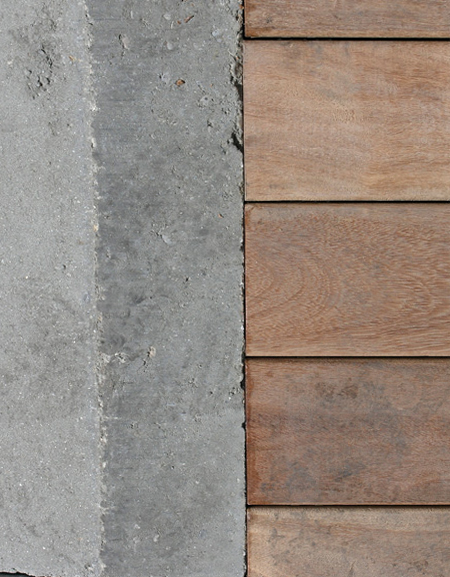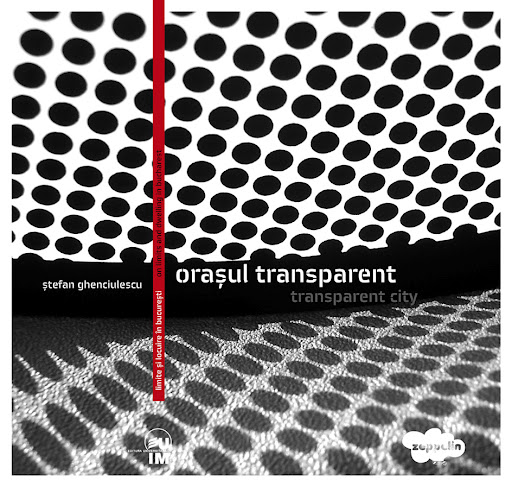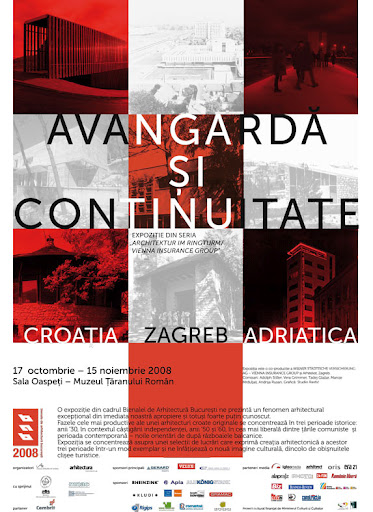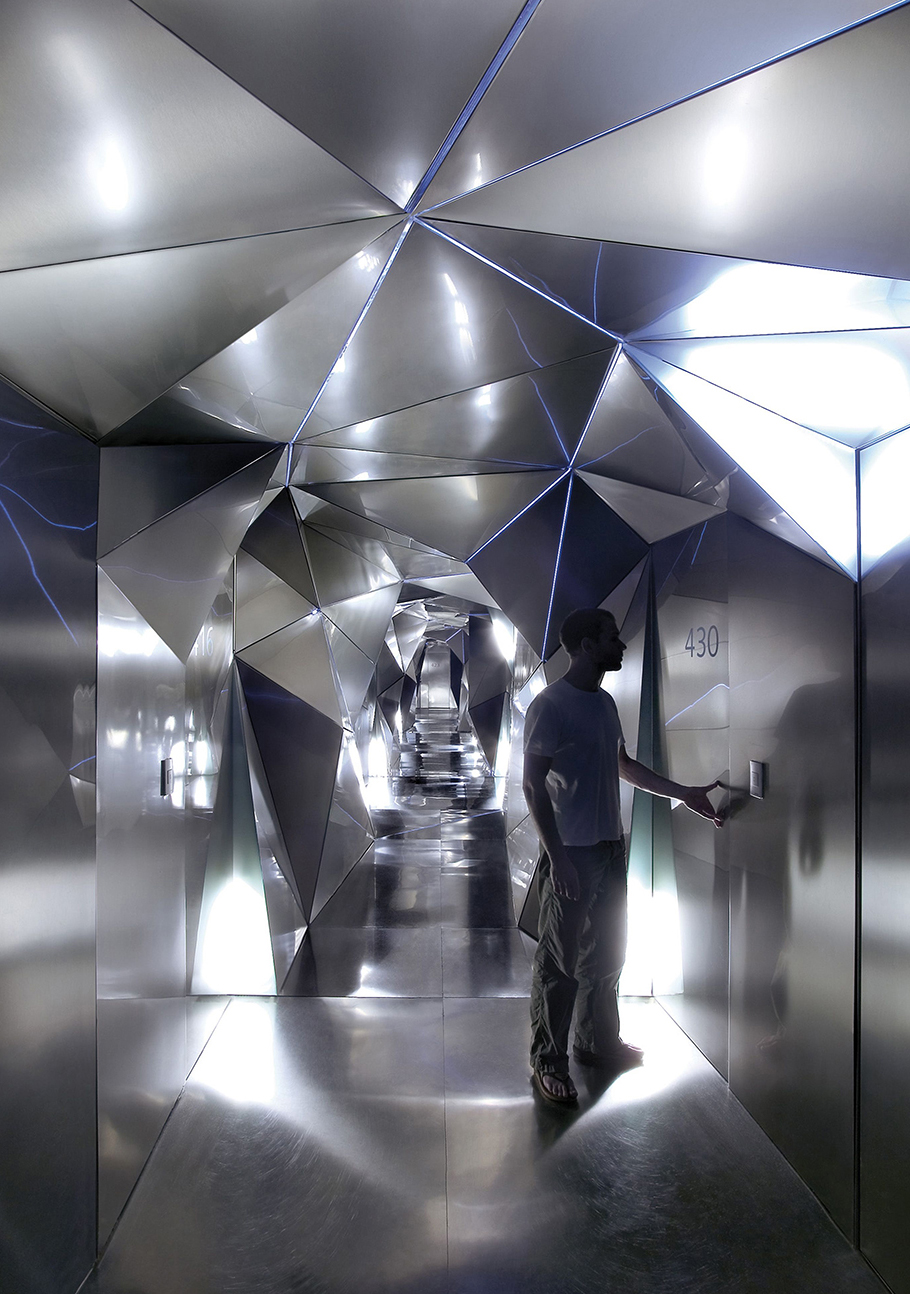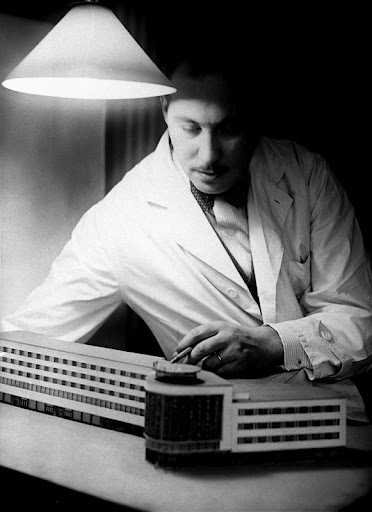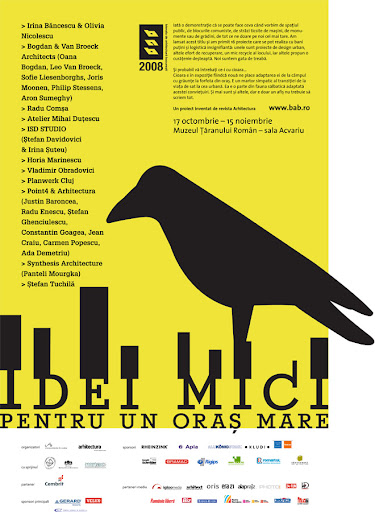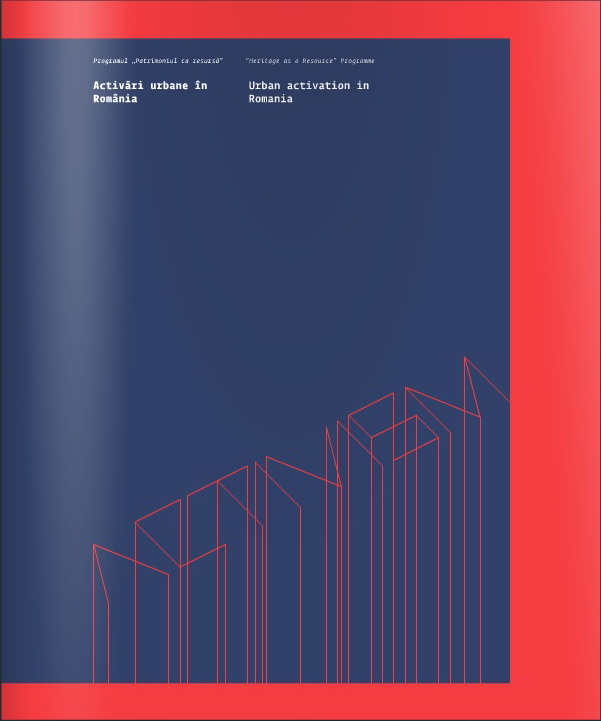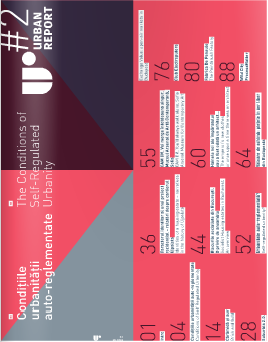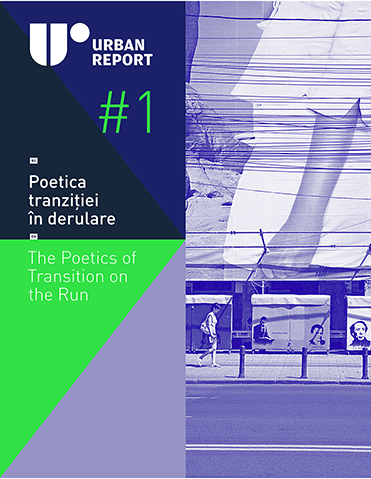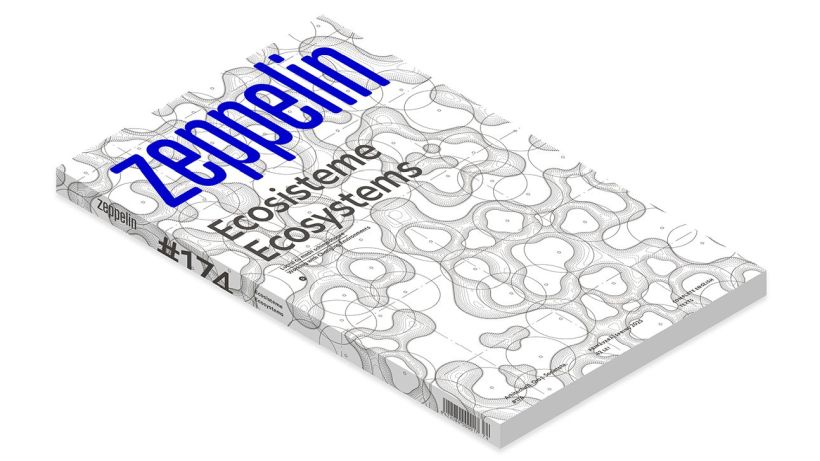temporary pavement on Calea Victoriei, Bucharest, 2008
by Point4 & Zeppelin team: Justin Baroncea, Jean Craiu, Radu Enescu, Ştefan Ghenciulescu, Constantin Goagea, Carmen Popescu. Project Development: Raluca Marţiş
- Recommend on FacebookTweet about it
book [EN/RO] – 2009
by: Ștefan GhenciulescuThe more Bucharest architectural and urban patrimony is destroyed, the more publications dedicated to the city appear. It is an accountable phenomenon that pertains not only to a nostalgic evocation and exorcisation of the trauma caused by the totalitarian operations of the eighties but also to authors’ wish to bring arguments (explicitly or not) on the fact that Bucharest has had a valuable and determining patrimony in terms of our identity, a patrimony that deserves protection and promotion.
- Recommend on FacebookTweet about it
itinerant exhibition and conference on Croatian contemporary architecture
17 October – 15 November 2008, Museum of Romanian Peasant, BucharestThe explosion of good quality architecture is the result not only of the local circumstances, but also of a certain historical continuity. The exhibition focused on the most productive eras in the modern and contemporary history, presenting a selection of exemplary works.
- Recommend on FacebookTweet about it
exhibition
17 October – 15 November 2008, Museum of Romanian Peasants, BucharestThe exhibition aimed at new ideas and concepts in the works of 39 authors form the new generation of Hungarian architects (20-40 years). The presented selection followed a national competition, one of the most important criteria being that to approaching environmental issues, the way in which projects adapt to the place they relate to, their relevance for that site, the way in which they express and convey innovative ideas.
- Recommend on FacebookTweet about it
a monographic exhibition
29 oct. – 30 nov. 2008, MNAC – galeria ¾, Bucharest National TheatreThe exhibition aimed to make known the works of an exceptional architect, but far too little known. Rudolf Fränkel was born and worked early in Germany. In 1933, following the Nazi, he emigrated and settled in Bucharest, from where he emigrated again to England in 1937.
- Recommend on FacebookTweet about it
exhibition & conference
17.10 – 15.11.2008, Museum of Romanian Peasant, Aquarium hall, BucharestThe exhibition promoted 16 alternative projects to improve public spaces in Bucharest. Small ideas, costwise, which could truly improve the quality of life for communities and certain urban situations. Designed by the members of the organization and by young invited architects, the proposals submitted to authorities and the wide audience addressed various places, from abandoned sites to the great housing neighbourhoods, and spaces in the heart of the historical centre.
- Recommend on FacebookTweet about it
exhibition of contemporary architecture photography
17 October – 15 November 2008, Bucharest Art Galleries
photos by Cosmin Caciuc and Ştefan Tuchilă; curator: Constantin GoageaA journey in the history of contemporary architecture, talking about the condition of the modern architect in his function as a tourist/world observer, with an attempt of a look less interested by the seduction of surfaces and more focused to decoding the hidden sides of places and objects.
- Recommend on FacebookTweet about it
This catalog accompanies the exhibition Urban Activations in Romania, that took place in November 2011 at the National Museum of Contemporary Art in Bucharest. The program is part of the Zeppelin Festival 2011.
- Recommend on FacebookTweet about it
The Conditions of the Self Regulated Urbanity
– to cultivate an enabling knowledge on self regulated urbanity, its concepts, conditions and developing strategy.Team: Ivan Kucina, Todor Atanasov, Peter Torniov, Miklós Péterffy, Samu Szemerey, Ștefan Ghenciulescu, Cosmina Goagea, Constantin Goagea.
Institutions: BINA, SAW, ZEPPELIN, KEK, Transformatori.
Thanks for their contribution at UR Volume #2: Boris Žerjav, Milica Topalović, Archis Interventions, Hackenbroich Architekten, Space Syntax Romania, ATU, Levente Polyak, Club Electroputere, Fabrica de Pensule, Luminiţa Klara Veer, STEALTH.unlimited – Ana Dzokic & Marc Neelen, Srdjan Jovanović Weiss, Valeri Gyurov.- Recommend on FacebookTweet about it
Urban Report is a cross culture programme bringing together theories and critical discourse on contemporary urban phenomena in 4 countries: Romania, Hungary, Serbia, Bulgaria.
Urban Report team:
Ivan Kucina, Todor Atanasov, Peter Torniov, Miklós Péterffy, Samu Szemerey, Ştefan Ghenciulescu, Cosmina Goagea, Constantin GoageaInstitutions :
BINA, SAW, ZEPPELIN, KEK, Transformatori- Recommend on FacebookThis website uses cookies to improve your experience. We'll assume you're ok with this, but you can opt-out if you wish.Accept Read MorePrivacy & Cookies Policy
Privacy Overview
This website uses cookies to improve your experience while you navigate through the website. Out of these, the cookies that are categorized as necessary are stored on your browser as they are essential for the working of basic functionalities of the website. We also use third-party cookies that help us analyze and understand how you use this website. These cookies will be stored in your browser only with your consent. You also have the option to opt-out of these cookies. But opting out of some of these cookies may affect your browsing experience.Necessary cookies are absolutely essential for the website to function properly. This category only includes cookies that ensures basic functionalities and security features of the website. These cookies do not store any personal information.Any cookies that may not be particularly necessary for the website to function and is used specifically to collect user personal data via analytics, ads, other embedded contents are termed as non-necessary cookies. It is mandatory to procure user consent prior to running these cookies on your website.

